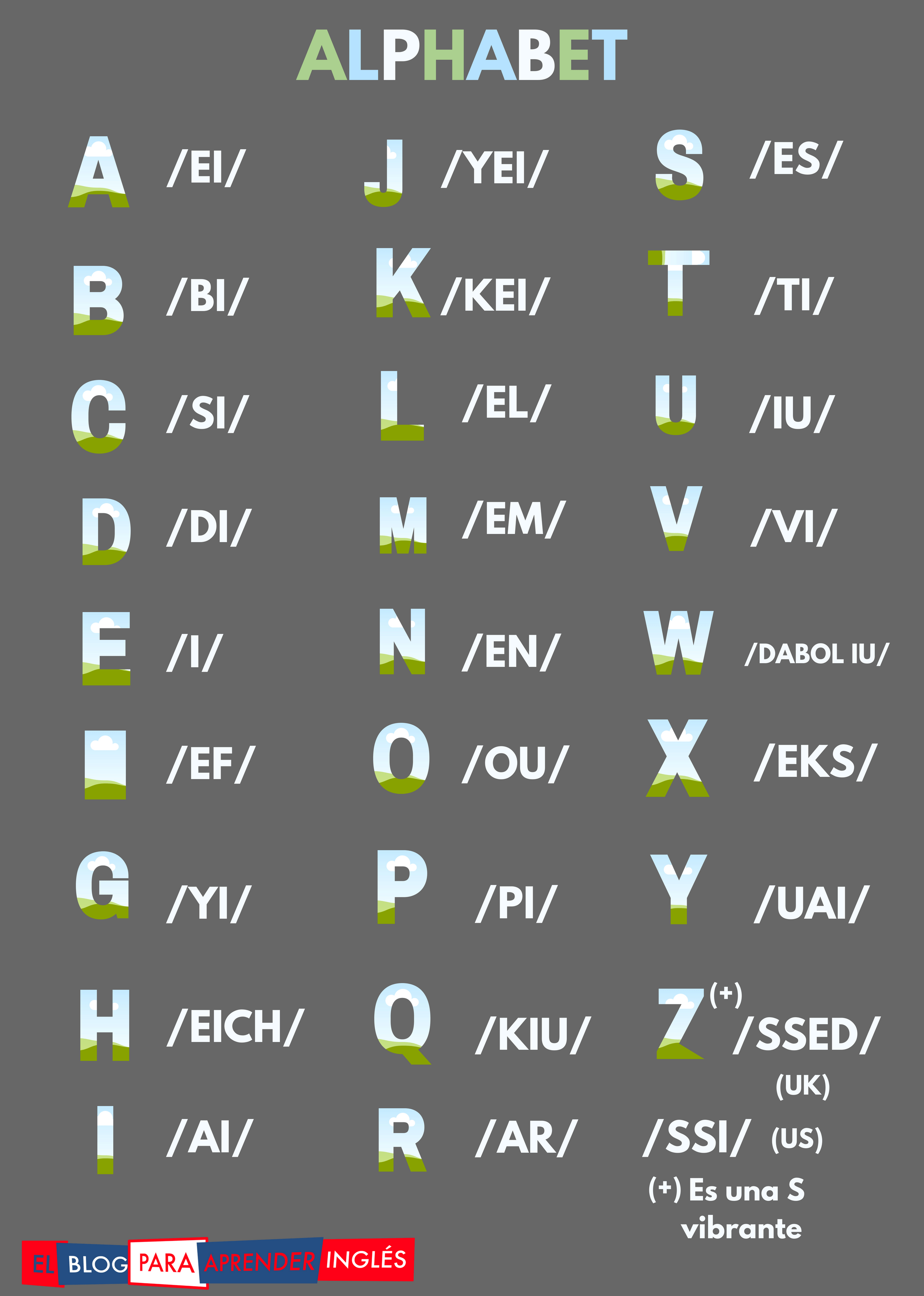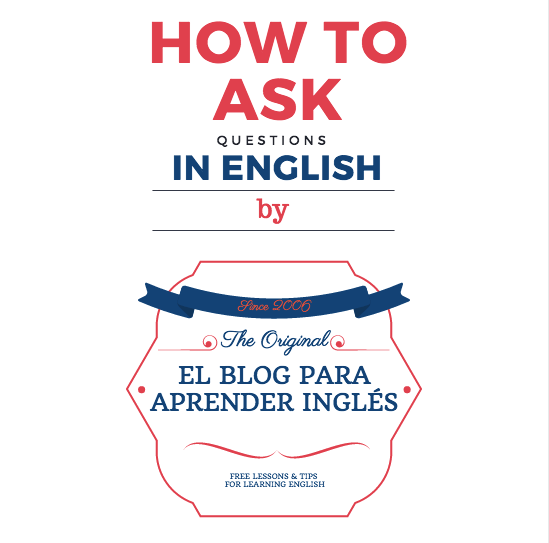Unit 1 A2 People
People
What will you learn in this lesson?
-
- Exam skill: You will learn how to do the matching exercise of the Reading Part 1.
- Grammar: You will learn the Simple Present Tense of the verb TO BE.
- Vocabulary: You will learn adjectives that describe people and feelings.
- Pronunciation: You will learn the Alphabet.
Exam skill: Reading
What’s the Reading about?
The Reading is the first exercise you’re going to find in the exam. It has five parts and four types of exercises: Matching (emparejar), Multiple choice, Right/Wrong Correcto/Incorrecto, Doesn’t say (No dice). Source
| Parte | Tarea | Número de preguntas | Formato de pregunta |
| Reading Part 1 | Matching /emparejar | 5 | Debes emparejar 5 frases con 8 anuncios |
In this first Unit we’re going to learn how to read notices and match them with sentences that have a similar meaning.
What’s a notice?
A notice is a piece of paper, or board, containing information or instructions.
Un “notice” (aviso)/ˈnəʊtɪs/noutis/ es un papel, o letrero, que contiene información o instrucciones.
Example:

What are they going to ask you?
You’ll find 5 sentences on the left side and 8 notices on the right side. You have to match the correct sentence with the correct notice./Encontrarás 5 frases a la izquierda y 8 anuncios a la derecha. Tienes que emparejar la frase correcta con el anuncio correcto.
For example:
Exercise 1
Part 1
Questions 1-5
Which notice (A-H) says this (1-5)?
For questions 1-5, mark the correct letter A-H on your answer sheet.
Example:
0 We can visit these places in autumn
Answer
| 0 | A | B | C | D | E | F | G | H |
| 1 We can eat meat here on Friday | A
|
| 2 You can start this course even if you don’t know anything | B
|
| 3 We cannot access | C
|
| 4 We can buy him a toy | D
|
| 5 We can open the window for ventilation | E
|
| F
|
|
| G
|
|
| H
|
How are you supposed to do this?
The trick is:
a) to learn enough vocabulary related to notices and announcements. If you type “signs + images” on Google you’ll find many.
b) to be careful. Many times the obvious answer is not the right answer.
For example, in the notices above you can see that two of them have the word “closed”.
One says: “Keep this door closed” /Mantened esta puerta cerrada/ and the other one says: “Sorry! We’re closed” ¡Lo sentimos! Cerrado”.
You might think that sentence number 4: “We can open the window for ventilation” matches with notice “E” because it’s easy to think that “closed” can refer to a window, or a door, but it doesn’t. It actually refers to a shop or a business.
 Tip: If you know your vocabulary well enough you won’t make mistakes. That means knowing the meaning in the right context. Si te aprendes bien el vocabulario no cometerás errores. Esto significa conocer los significados en el contexto adecuado.
Tip: If you know your vocabulary well enough you won’t make mistakes. That means knowing the meaning in the right context. Si te aprendes bien el vocabulario no cometerás errores. Esto significa conocer los significados en el contexto adecuado.
Exercise 2
Translate the following notices:
a) Win a trip to Bali
b) Wrong way. Go back
c) Today’s special: Soup and Salad
d) Friday, June 14- 6.00 PM- Wedding Rehearsal
e) Dead end street
f) Buckle up. It’s the law
g) Walk your bike on the sidewalk
h) Detour- Road closed
i) Children 12 and under must be accompanied by an adult when using the swimming pool.
j) Please, place rubbish in bins provided
k) No mobile phone allowed
l) Beware of the dogs
m) Road work ahead
n) Slippery Surface
o) All Employees and visitors must wear their identification badges at all times
p) It’s illegal to sell tobacco product to anyone under the age of 18
Exercise 3
**********************
Grammar
Present Simple Verb to Be
This verb is studied separately from the other verbs because it has a unique structure.
As you probably already know the verb TO BE means “ser” o “estar”.
| Verb | Meaning |
| I am [ai am] | Yo soy/estoy |
| You are [iu ar] | Tú eres/estás/ Usted es/está |
| He is [hi Is] | Él es/ está |
| She is[shi Is] | Ella es/está |
| It is [It Is] | Él/ella (para cosas) es/está |
| You are[iu ar] | Vosotros/as sois/estáis/ Ustedes son/están |
| We are [güi ar] | Nosotros/as somos/estamos |
| They are [dei ar] | Ellos/as son están |
Contractions
| I’m [iam] |
| You’re [iur] |
| He’s[his] |
| She’s[shis] |
| It’s[Its] |
| We’re [guer] |
| They’re[der] |
 Tip: The best way to learn the verb tenses is by saying them aloud in sentences.
Tip: The best way to learn the verb tenses is by saying them aloud in sentences.
USES OF THE VERB TO BE:
- BE can be a main verb (verbo principal). In this case, it’s used to describe quality, personality, age, relationship, behaviour, time.
Examples
-He IS 9. Él tiene 9 años. (age)
-They ARE beautiful. Son bonitos/as. (quality)
-It’S five o’clock. Son las 5. (time)
- BE can be an auxiliary verb. In this case, it goes together with a main verb.
Examples:
- She’S working (main verb)- Ella está trabajando.
- ARE they TELLING (main verb) the truth? ¿Están diciendo la verdad?
FORMS:
There are 4 basic forms that you must learn:
- Affirmative sentence
- Negative sentence
- Questions
- Answers
1.Affirmative sentence
- Subject + verb + object
Example:
-She is tired. Ella está cansada.
2. Negative sentence
- Subject + verb +not+ object
Example:
-She is not tired- With contraction: She isn’t tired. Ella no está cansada.
3. Questions
- Verb + subject+ object?
Example:
– Is she tired? ¿Está ella cansada?
Negative question:
Verb + not + subject + object?
-Isn’t she tired? ¿No está ella cansada?
4. Answers
- Yes + subject + verb
- No + subject +verb + not
Examples:
-Yes, she is.
-No, she isn’t.
To Remember
|
************
Exercise 4
Complete with the right verb tense.
************
VOCABULARY
Adjectives describing people- Source
PHYSICAL APPEARANCE


FEELINGS (source)

How to describe people?

| Jennifer is a young woman who works in my office. Her friends call her Jen. She is tall, has long black hair and small brown eyes. She wears a pair of red glasses when she’s working. She usually wears a skirt and a shirt. She takes her work seriously and always has her desk very tidy. She’s easy-going and you can ask her anything because she knows everybody in the company and is very friendly and helpful. I know that in her free time she enjoys going to the cinema with her husband and cooking. She loves pets. Her favourite animals are cats, but she doesn’t have one because she’s allergic to them. |
The key to describing people is:
- Knowing how to use the verb to be (is/are)
- Learning a lot of adjectives to make the description more interesting.
- Copy and learn description sentences from native speakers to make sure you’re not mistranslating from Spanish.
Exercise 5
Exercise 6
**********
PRONUNCIATION
The Alphabet
It’s important to know the sounds of the alphabet because you’ll need to spell names, surnames, and foreign words as usually sound and spelling in English don’t coincide.
Repeat the alphabet aloud many times, especially the sounds of the G, J, K, Q and R that most Spanish speaking students have trouble with.

Mónica
Follow me on:



























2 comentarios
Me ha encantado la unidad 1 de este nivel A2, estoy repasando conocimientos y vocabulario, el audio es genial, y las actividades en general me encanta. Gracias Mónica por tu capacidad de enseñanza. Llevo años estudiando inglés y del nivel B1 no avanzo, porque en cuanto empiezo a trabajar me olvido de practicar.
Muchas gracias a ti Solange por tu amable comentario. 🙂